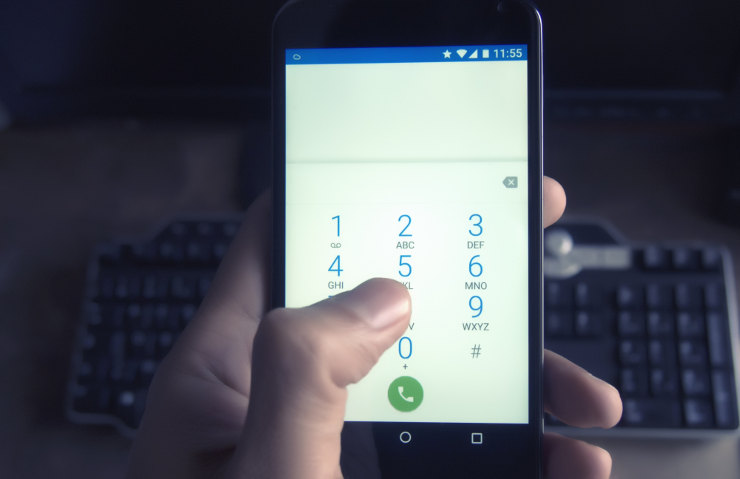Number porting is the process of moving a telephone number from one provider to another. It sounds simple but in the real world things are never that easy.
What is number porting?
Number porting is the process of moving a telephone number from one provider to another. It sounds simple but in the real world things are never that easy.
Choose the right provider
In our experience when things go wrong – and unfortunately they sometimes do – you need a supplier that you can rely on for help. If you are trying to port a number to O2, Vodafone or EE (who all claim to be able to do this you) will find that they have systems which do not mesh with each other. It may well prove an exhausting and dispiriting experience. In fairness they are struggling with their own complexities – trying to sort out those of other providers is challenging when you can never speak to the same person twice.
What do you need to do?
In order to start the process you need to set up an account with your new telecoms provider or to use an existing account.
Once you have your account then you need to fill in a form called a GNP form and submit it to your new provider. It’s vital the details on the form are correct to prevent a number port being rejected.
As well as this you will be asked to provide a recent phone bill as proof of ownership of the number you wish to be ported. If you do not have a recent phone bill then you will have to prove ownership using a password system.
Types of lines that can be ported
Numbers can be ported from all sorts of lines. The simplest is a single line port where a line has one number assigned to it. However, numbers on other types of lines such as ISDN2 and ISDN30 can also be ported. With ISDN there is a range of numbers on any line called DDI’s. These all need to be ported. You cannot pick and choose.
Things to be aware of
Every standard telephone (PSTN) line needs a number assigned to it for it to work. If a number leaves a line during the porting process the line that it has left will cease.
Phone lines are not just used for phone calls any more. They often carry broadband amongst other things. If the number leaves a line, the line will cease leaving you without broadband.
RedCare is a process whereby a constant signal is sent down the line and is then monitored for breaks in the signal. It is used in burglar alarms and panic buttons etc. If a line has RedCare on it the number for that line will not be able to be ported until RedCare has been removed. VoIP systems do not in general provide a good replacement for Red Care.
Ceased lines
You need to be careful that you don’t cease the line on which your chosen number sits prior to the number port because that terminates the number and it then enters “quarantine” where it cannot be used by someone else or you. It also means that it cannot be ported. So ceasing a line and then deciding to port the number just doesn’t work.
Rejected ports and resubmissions
Number ports get rejected for all sorts of reasons. If the details given on the GNP form are not correct the port will fail. One of the most common reasons is an incorrect postcode. The postcode that the number is registered to needs to match that on the form. When numbers have been previously ported and/or the business has previously moved the situation can be a problem.
It is always worth ringing your old provider to make sure you have the right postcode before submitting the GNP form. Resubmissions cost time and often money.
Timescale
How long it takes to port a number will depend on the complexity and type of line the number is on. The guidelines are as follows:
- Single analogue line request 10 working days
- Up to 10 lines single analogue lines 21 working days
- Multi Line – 10 lines or less 14 working days
- Multi Line – 11 or greater (or a Centrex site) 24 working days
- Simple DDI 24 working days
- Complex DDI 30 working days
- ISDN 10 lines or less 14 working days
- ISDN 11 lines or more 30 working days
The times can vary significantly.
Hardware setup
Once you’ve submitted a port request and it has been accepted you will be given a date when the port will complete. You need to ensure that your hardware is up and running in advance of this, so that your phone service carries on seamlessly. Your new provider should pay particular attention to this process making sure that your new phones work in advance.
Porting completed
Once your port is complete then you should cancel your lines with your old supplier. Although a line without a number is effectively dead some companies continue to raise invoices until you actually tell them to cease the line.
How many times can you port a number?
Numbers can be ported any number of times
Costs
Costs can vary significantly from provider to provider and it is worth checking what they will be in advance.

